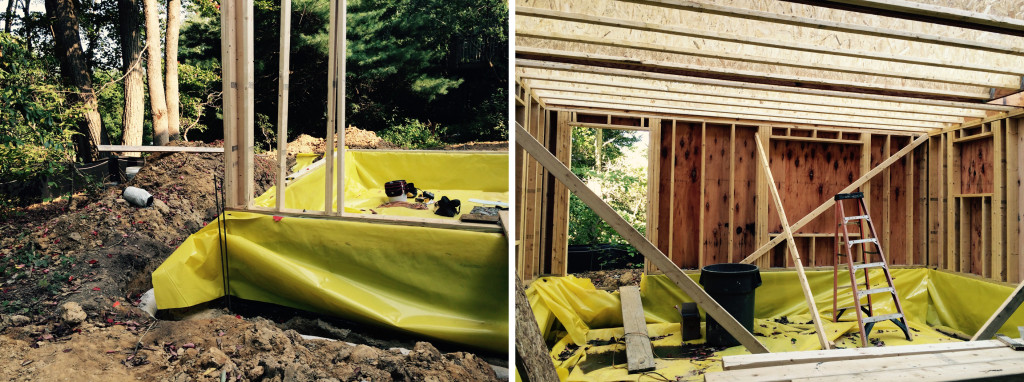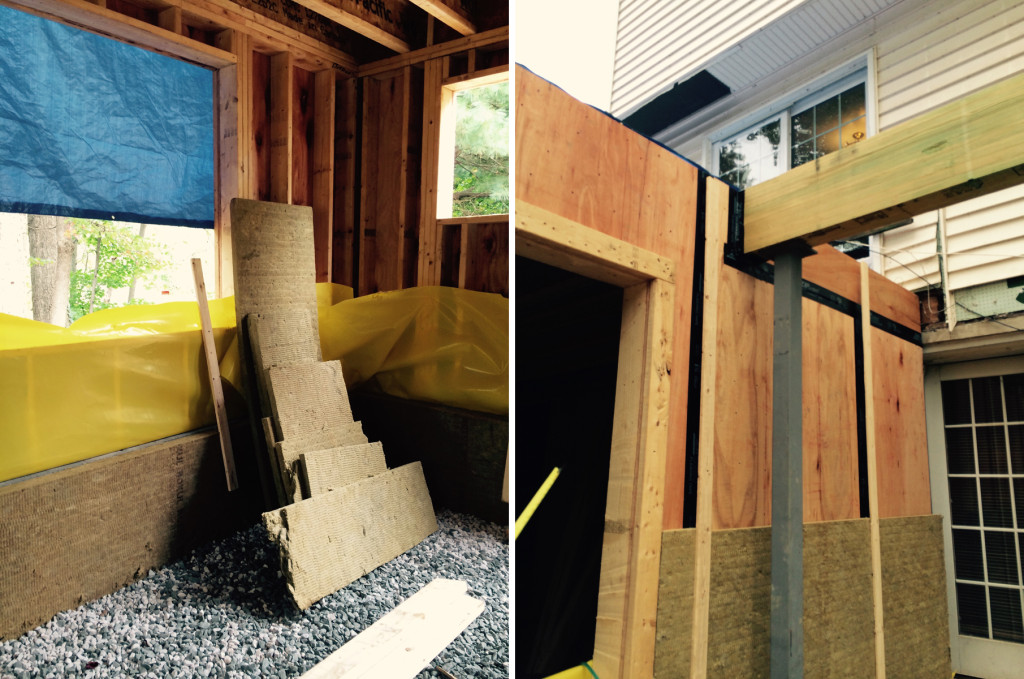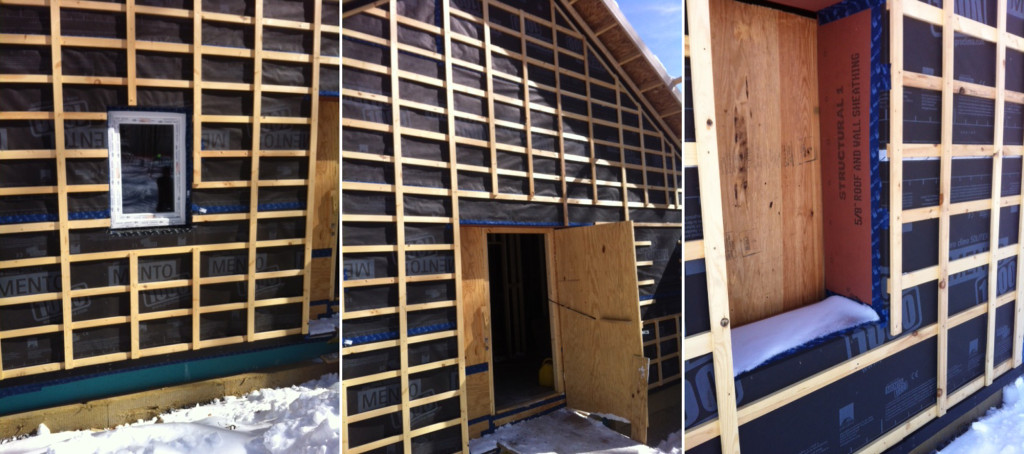January 2, 2017
We are thrilled at the success and completion of our first Foam-Free, (near) Net Zero, Passive House in Western Maryland. The home is currently in the final stages of testing, certification and interior finishing. Most of the progress can be followed on their website, it’s nicely detailed and as such might offer good inspiration to those DIY types. It has been an educational process with material usage, system selection and install, air sealing and insulation, window install and team collaboration.
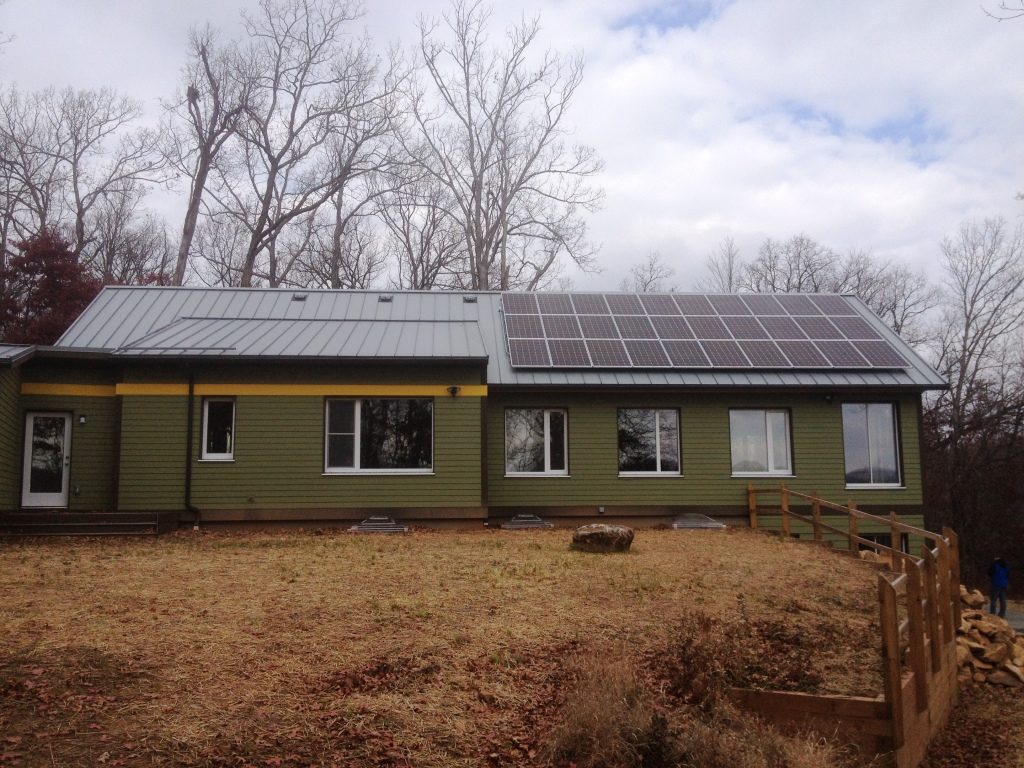
The views and placement of the house are extraordinary and achieve the homeowner’s goal of a comfortable, accessible, high performance home designed to view the meadow, marsh and forest.
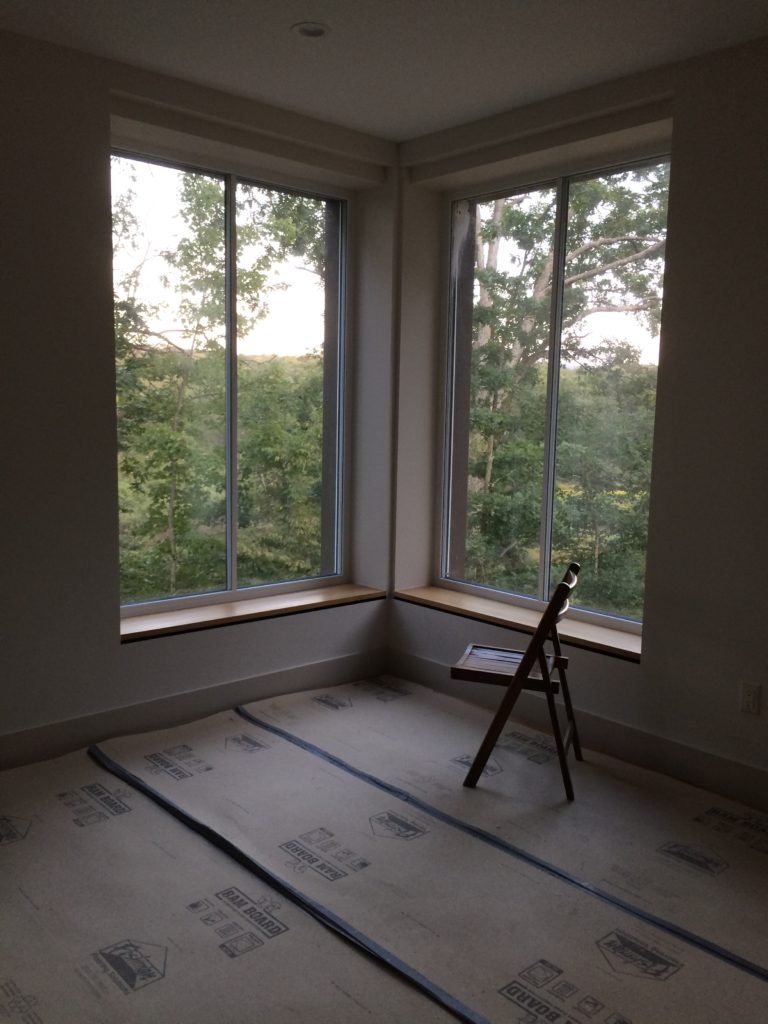
For more photos of the final walk-thru, visit the project page.
